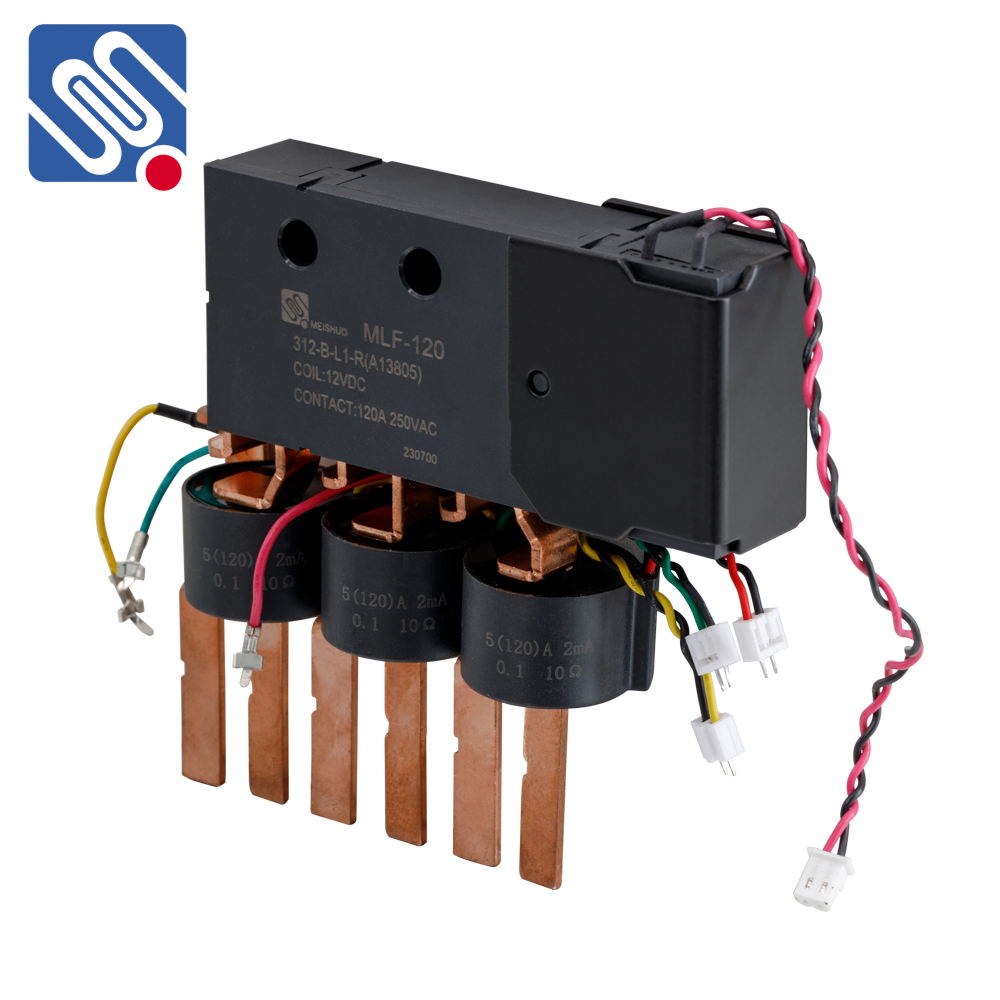understanding relay assembly: the key to efficient automation systems
Release time:2025-05-18 21:32:03
Relay assembly is a crucial aspect of modern electrical systems, especially in industrial automation and control circuits. This process involves the construction and integration of relays into a system, which are essential for regulating electrical currents, providing protection, and ensuring smooth operations in various machines and devices. In this article, we will explore the significance of relay assembly, its components, the process involved, and its applications in diverse industries.

What is a Relay?
A relay is an electrically operated switch that uses an electromagnet to open or close a set of contacts. It allows low-power signals to control the operation of high-power devices. Relays are fundamental in control systems, where they enable automation, protection, and control of electrical circuits. These devices can be designed to manage a range of tasks, from simple switching functions to more complex safety mechanisms.
The key advantage of relays is their ability to isolate the control system from high-voltage or high-current circuits. For example, in an industrial setting, a relay can be used to turn on large machinery while the controlling circuit remains safely isolated.

